Argentina
Up to 14 Large Rockets and Tiny Competitors Are Poised for Launch in 2024
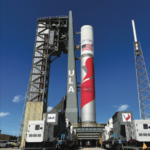
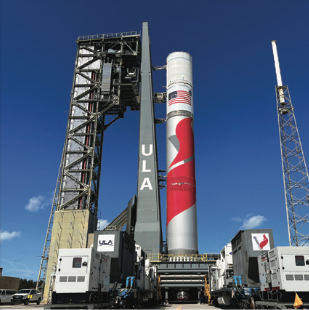
Space leaders in 2023 pondered a lack of launch vehicles to lift anticipated swarms of satellites to orbit. But 2024 could bring relief.
Government Space Spending Increases 19% from 2020 to 2021
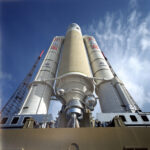
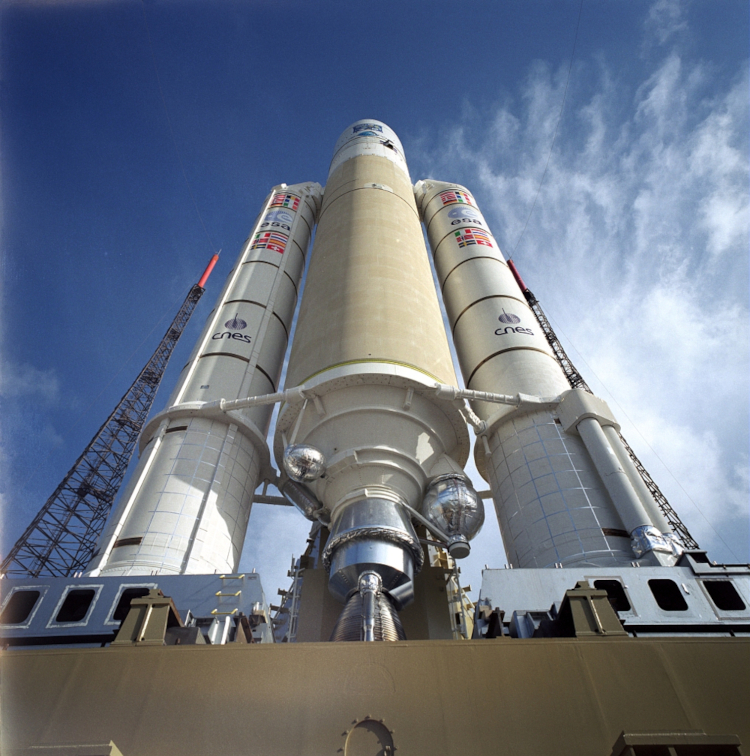
Total government space spending in 2021 reached $107 billion, a 19% increase from 2020, based on Space Foundation analysis. Space Foundation examined government space spending of 46 nations, including 14 nations new to the analysis this year.
2021 TSR – Space Symposium Special Edition: Global Space Economy Climbs Despite Pandemic, Disrupted Government Spending
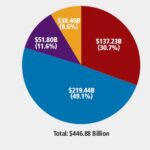
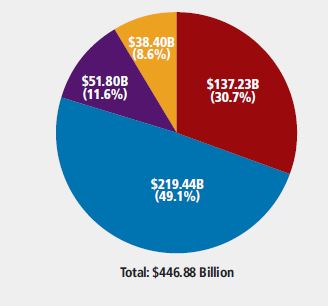
The global space economy reached a new high of nearly $447 billion in 2020, an increase of 4.4% from a revised 2019 figure of $428 billion. The 2020 figure is 50% greater than a decade ago, and 176% greater than . . .
2020 Global Space Economy Climbs Despite Turbulent Year, Disrupted Government Spending

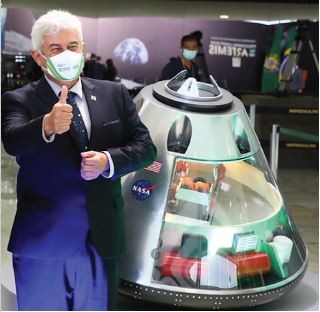
International successes in space, such as the Hope, Perseverance, and the Zhurong missions to Mars, don’t happen without years of advance government spending. In 2020, as nations struggled to overcome a global pandemic, space spending varied widely across countries and agencies.
2019 TSRQ3 – Education STEM Proficiency
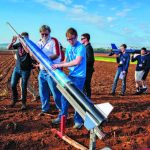
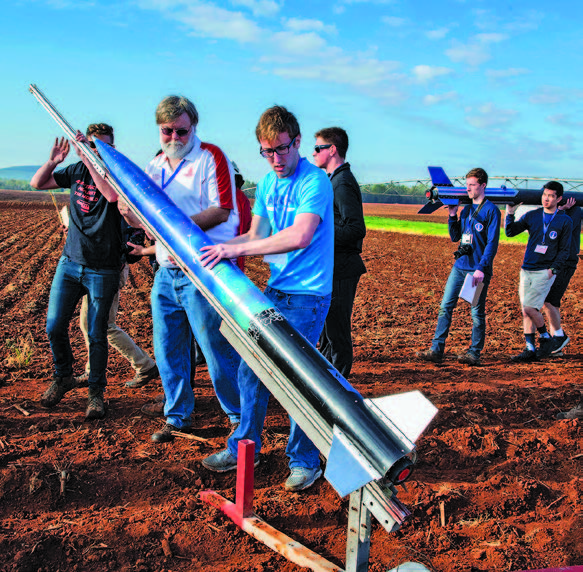
The science, technology, engineering, and mathematics (STEM) workforce is at the core of the space industry—from the mathematicians and astronomers who analyze space to the engineers who design and build the launch vehicles that get us there. This workforce is enabled . . .
2019 TSRQ2 – Economy: Non-U.S. Government Space Investment

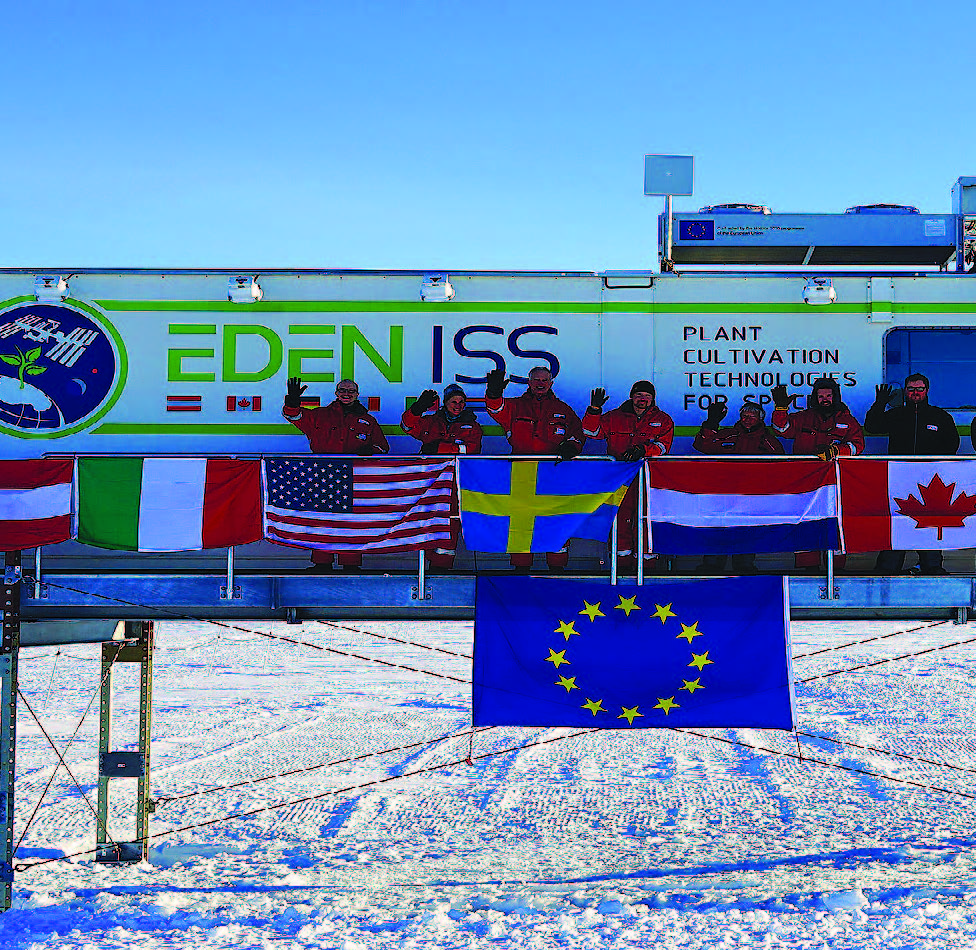
Growth in the government investment sector of the space economy outpaced commercial sectors as the U.S. and non-U.S. government shares of the global space economy between 2017 and 2018. . .
2014 – Additional Country Space Budgets
Around the globe, many smaller nations—whether in terms of economy or population size—are investing in space projects or programs. The exhibit below shows the most recent available annual budget for civil space activities in a number of selected space states.
2013 – Additional Country Space Budgets
Around the globe, many smaller nations—whether in terms of economy or population size—are investing in space projects or programs. Exhibit 2cc shows the most recent available yearly budget for civil space activities in a number of selected emerging space states. Each of these countries tends to feature a different focus in its space investment portfolio, so care must be taken in making generalizations.
2012 – Additional Country Space Budgets
Around the globe, many smaller nations—in economy or population size—are investing in space projects or programs. These emerging space states generally feature relatively small-scale investments in space applications linked to specific national socioeconomic development objectives. The exhibit for additional/emerging countries shows the most recent available yearly budget for civil space activities in selected emerging space states. Each country tends to feature a different focus in its space investment portfolio, so care must be taken in making generalizations.
Aquarius Satellite Maps Ocean Surface Salinity
Satellites contribute not only to our understanding of the atmosphere and features on the ground, but also to our understanding of the oceans. The Aquarius/SAC-D satellite, launched in June 2011, is a collaboration between NASA and Argentina’s space agency, Comisión Nacional de Actividades Espaciales (CONAE), that is able to detect variations in the salinity of the ocean surface.